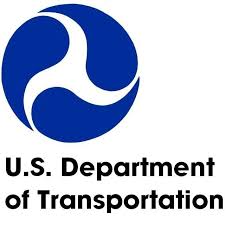Whether they are emergency responders, city planners, pipeline operators, homeowners, students or just curious neighbors, it’s important for community members to know where pipelines are located so they can be avoided or found, serviced and monitored.
The U.S. Department of Transportation offers an excellent resource for learning more about local pipelines. The National Pipeline Mapping System’s (NPMS) Public Map Viewer includes interactive maps showing the locations of hazardous liquid and gas transmission pipelines, and Liquefied Natural Gas (LNG) plants nationwide. Interested individuals also can access information about related pipeline incidents going back to 2002.
Anyone can use NPMS’s Public Map Viewer to access this information and more, one county at a time. For a quick tutorial before using the public map viewer, or for help finding specific information, view the new instructional video on the Pipeline and Hazardous Materials Safety Administration’s YouTube page, “How to locate pipelines in your area with the National Pipeline Mapping System [external link].”
Reminder: Always call before you dig
It is important to note that the spatial accuracy of pipeline data in NPMS is +/-500 feet. As a result, NPMS is not a replacement for 811, the phone number that everyone is supposed to call before digging—even for small projects like planting trees or shrubs. If an underground utility line is hit, it could harm anyone close and disrupt vital community services. Help protect yourself, your family, and your neighbors, and call before you dig.
For more information on PHMSA’s ongoing efforts to protect pipeline safety, visit their homepage at www.phmsa.dot.gov.



